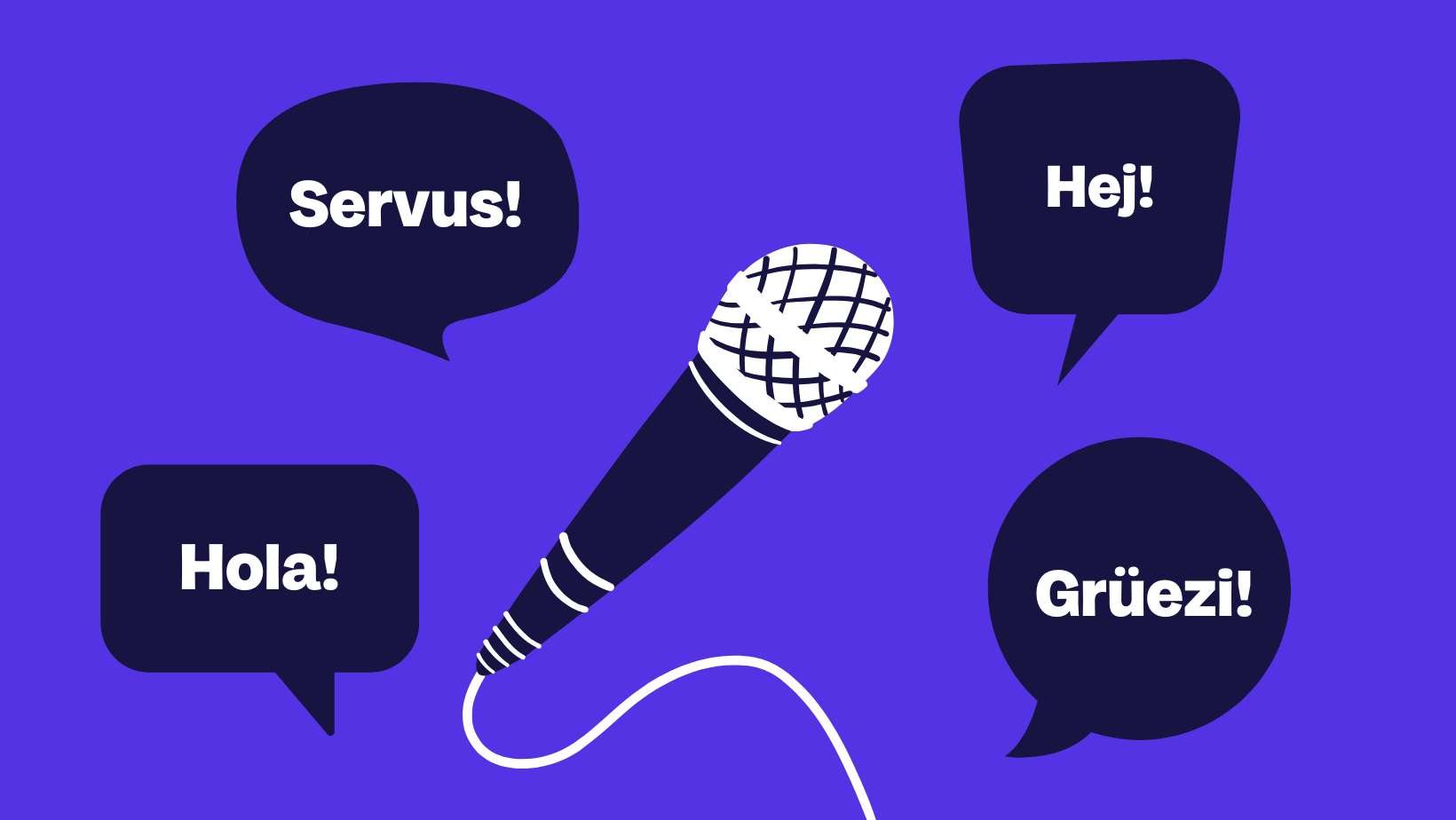Light, Warmth, Security: Storytelling in the Energy Sector
Two years ago I was drawn back to Berlin. Three weeks, ten viewings and five districts later, I was finally standing in my new apartment. But as we all know, the move doesn’t just mean looking for a new home, it also means everything is back to square one with the electricity provider. But how do you actually decide which one to choose? The prices are not much different. Green electricity is also on the rise. I just liked the Berliner Stadtwerke, somehow Berlin.
New energy meets new attention: Berliner Stadtwerke
It is precisely this identity that the company is focusing on. We take electricity for granted, so nobody thinks much about it any more. However, if messages, new ideas or products are packaged in captivating stories, brands can persuade their target group to engage further with a topic. A good story focuses our attention entirely on the topic at hand, because stories are the link between cause and effect for the human brain. All the information we take in is stored as countless micro-stories that influence our experiences, decisions and actions. In its image video, Berliner Stadtwerke shows that it relies on 100% green electricity and is not afraid to show weakness or be self-deprecating. Brand storytelling is not just about victory speeches and success stories – it is precisely the quirks, hurdles and overcome conflicts that make a brand authentic and also bind the target group emotionally. This has worked for me before.
Technical terms give way to real messages: Time travel with E.ON
Energy is a rather dry subject for the end consumer. But just because it’s not about world-saving smoothies or vegan condoms doesn’t mean there aren’t any exciting stories to tell. If the benefits for the customer are clearly in the foreground and they find themselves in the story, facts and figures in particular can be conveyed with the help of storytelling in such a way that they are remembered for a long time. Expert know-how meets technical jargon? In order for the message to really resonate with the audience, companies need to focus on the core of the message. The brothers Chip and Dan Heath call this the curse of knowledge. To break through this, they developed the SUCCESs formula: Simple, Unexpected, Concrete, Credible, Emotional, Story. E.ON takes the audience on an energetic journey through time to the “best place in the world”: our homes.
Dreams, mistakes and talents: Employer branding at BOSCH
“At the time, I thought I’d never make it, that’s something for the gifted. Then came the day that changed everything, she says. Her father Veysel Dülger, who has now been working for Bosch for almost 30 years, came home with forms from the plant in Feuerbach. It said Bosch-Jugendhilfe on it, an application form for a scholarship.”
Energy companies can use storytelling tools not only for customers, but also for employer branding. BOSCH, for example, lets its own employees talk about their journey under “News and Stories”, thus creating an authentic and likeable employer brand. Emotional stories of people who dream and sometimes make mistakes create a credible corporate image that is attractive to new talent. Key characters, such as long-standing team members or employees in particularly sought-after positions, are particularly suitable for communication. BOSCH wants to “show personality” and that everyone “finds the right place” – with the employee stories, they also express appreciation for their own workforce.
Whether internal or external communication, employer branding or sales – credibly told and specifically disseminated, stories lead to a sustainable brand image that goes beyond bare figures and dry facts.
Share this article








